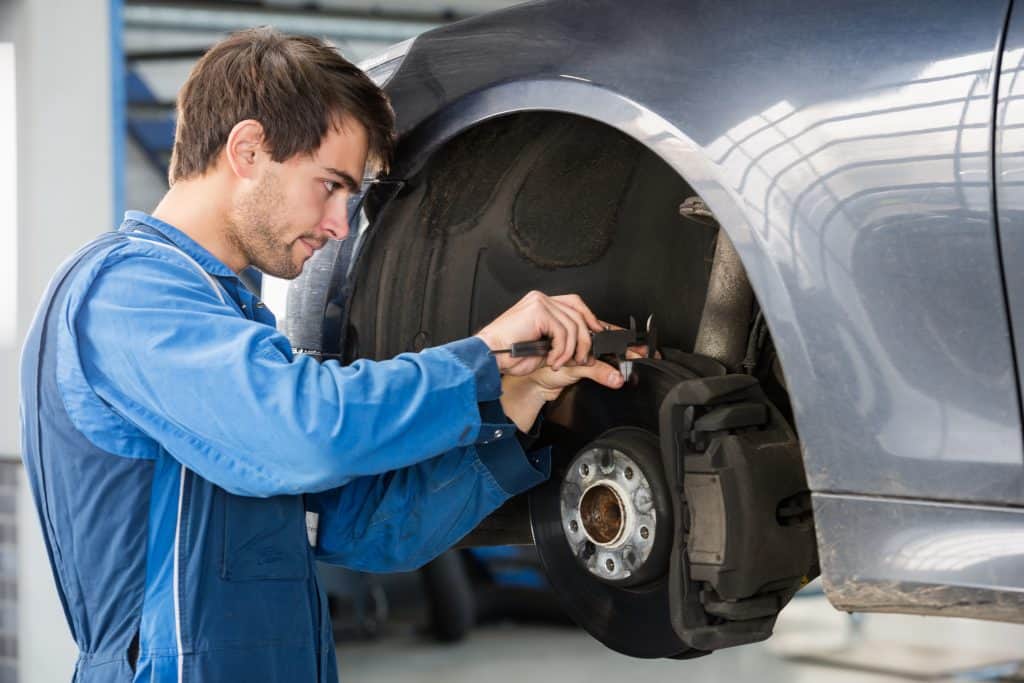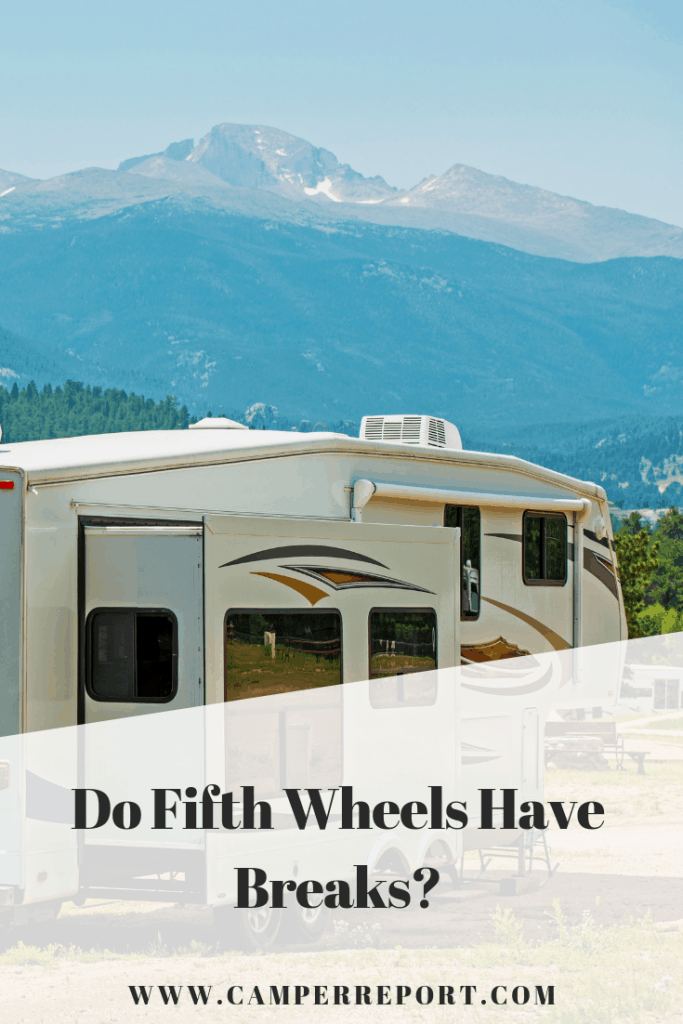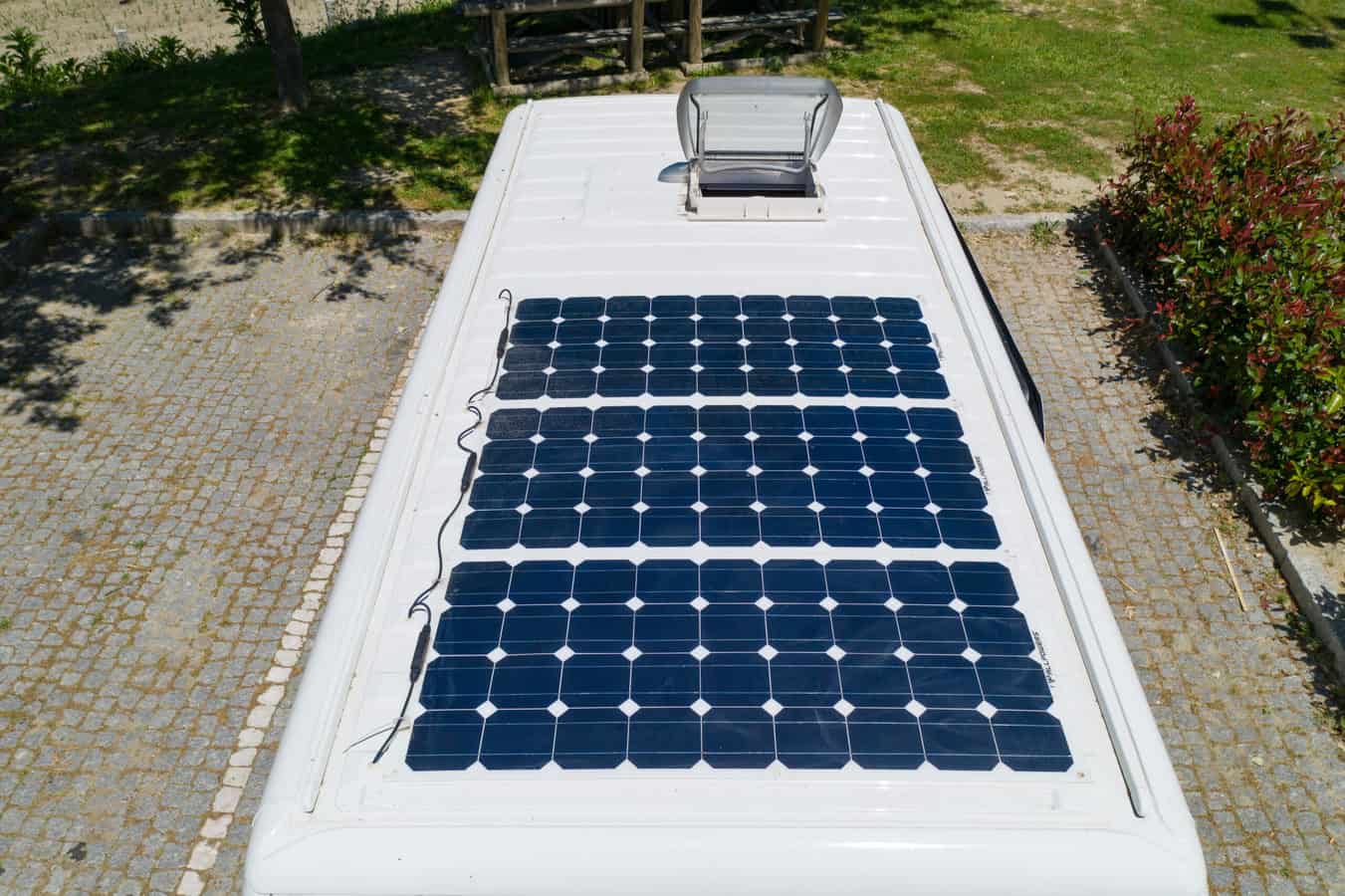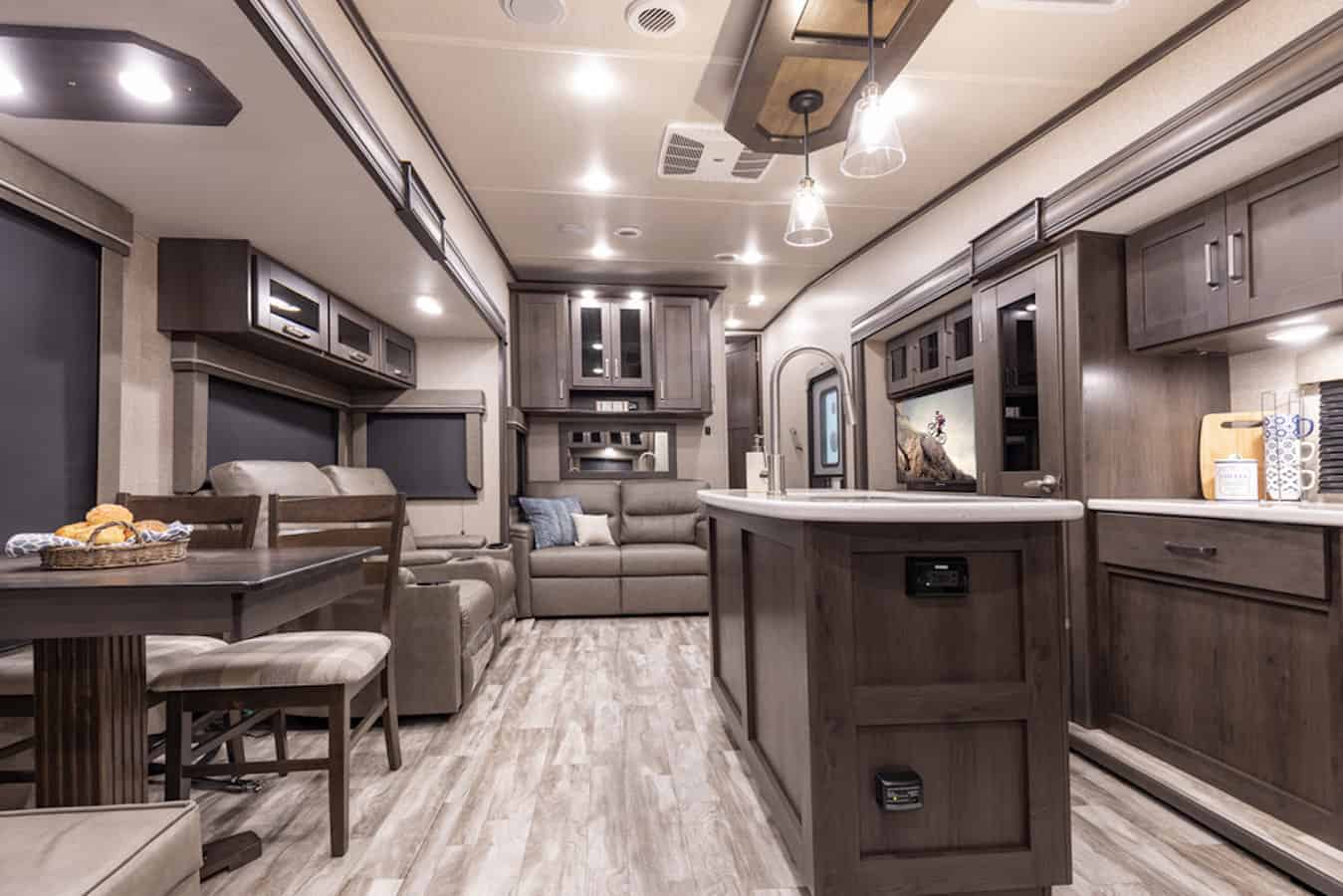
When you’re rolling down the highway with your truck and fifth wheel, you might wonder how quickly you can stop in an emergency. After all, you’re towing a lot of weight and moving at very high speeds.
Good brakes are absolutely essential to have before you ever run the risk of rear-ending a line of cars or getting pulled over by a cop. You know that your truck has brakes, but what about your fifth wheel?
Almost every fifth wheel comes with a system of electric brakes installed. These are operated by a controller in the tow truck. This controller combines the functions of the truck brakes and the trailer brakes to help them work in harmony. Surge brakes are available for some fifth wheels, and emergency braking systems are installed for safety.
Fifth wheel manufacturers understand that there’s an extra element of risk involved with towing a fifth wheel. Because of the added weight and the increased time needed for stops, brakes are a standard safety feature.
We’ll look into the different types of brakes below, plus some tips to help you set up the emergency systems properly.
Electric Brakes
Electric brakes are included in the standard system that comes with most fifth wheel models. They’re pretty simple to set up and are easy to use and control.
These brakes function in tandem with the brakes of your truck. When you press down on the brake pedal in the car, this will send a signal to the attached controller. In turn, this reaction will activate a set of electromagnets in the drum brakes of your fifth wheel.
So as soon as you want to start slowing down your truck, your fifth wheel will receive the same message to slow down. This is useful because you don’t have to add any additional steps when it’s time to brake. You just need to make sure you save a little extra time to slow down because you’re still quite heavy and have a lot of forwarding momentum.
If your fifth wheel begins to sway while you’re driving, most electric brake controllers also have an option that will apply manual brakes to just the trailer, not the truck. You can use the controller inside the car to regulate this. A little braking pressure on your fifth wheel will do wonders to stabilize swaying!
Electric brakes are nice because they come with most fifth wheels. There’s no additional installation necessary, just a simple hookup process of the brake lights and controller. They’re also easy to incorporate into your normal driving habits.
For a little more information on how electric brakes work, check out this video. It’s a great guide for people who want to learn about the different elements of these brakes!
Surge Brakes
Surge brakes are another good option for fifth wheel owners to look into. They come with their own list of pros and cons though, so be careful before you fully commit to them.
Unlike electric brakes, surge brakes are activated by the braking system sensing the slowing of the tow truck and applying a proper amount of stopping pressure. When you slow down your truck while driving, the trailer slides forward a bit, which pushes against the hitch and presses a hydraulic cylinder. The more you slow down, the more the surge brakes respond.
When surge brakes are properly installed, they can provide a smooth and easy braking process. However, they come with a set of drawbacks too. For one thing, it’s impossible to back up when your surge brakes are activated. The wheels will lock up when they feel the tow vehicle pressing against the hitch and won’t reverse.
You need to remove the pin of the surge brakes in order to back up and must remember to put it back in when it’s time to drive again. In addition, the option of manually applying brakes to stabilize your fifth wheel is not available with surge brakes.
However, they still respond automatically to speed changes and have proven reliable for many drivers. Surge brakes are worth considering if you’re not impressed with electric brakes.
Emergency Breakaway System
No matter what braking system you use, you’ll always want to make sure that your built-in, emergency breakaway system is functional before every trip.
This is a safety feature that is included in almost every trailer on the market. It’s an emergency backup mechanism that will stop your trailer from rolling or swerving around if it should happen to disconnect from your truck on the road.
There are several reasons that can cause a trailer to become disconnected from its tow vehicle. If this ever happens, your heavy and valuable fifth wheel could roll into oncoming traffic, flip on its side, or become stuck in a ditch. This event can cause a huge amount of damage to your vehicles and endanger the lives of everyone else on the road.
But if your breakaway system is working, then it will react as soon as the fifth wheel becomes unhitched from the truck. The disconnect will cause the pin to pull out of the switch and activate the electric brakes. This will cause the fifth wheel to lock up and stop in place.
This immediate reaction can save your vehicles and the lives of others on the road. The emergency breakaway system relies on a charged battery to activate the emergency brakes, so you need to make sure that your battery is fully charged before you set out on any trips.
If your battery isn’t charged or the pin cable is set up wrong, your breakaway system might not activate at all, or else activate accidentally, jerking your car to an abrupt halt in the middle of the road. It’s very important that you set everything up right before you ever run into a bad situation.
Checking Your Brake Systems

Now that you know that your fifth wheel has a set of brakes as well as an emergency backup system, the last thing you’ll want to do is to check that your system is good to go before you drive away.
If you’ve got electric brakes, make sure that the controller is properly connected to your truck brake pedal. The controller should connect to your truck’s braking system. You can have this installed professionally or hook it up yourself if you have the tools and training necessary.
If you’re using surge brakes, make sure that the safety pin is removed if you need to back up, and then re-inserted once you’re ready to start driving. Forgetting either of these steps is going to cause major problems before you even get started!
Properly setting up your emergency breakaway system is next. I cannot overstate how important it is that you do this right! There are a lot of different elements that need to be taken into account here.
First off, make sure that the battery in your emergency breakaway system has a full charge. These batteries typically hold 12 volts and will be able to keep your fifth wheel stationary for about 20-25 minutes in an emergency. The battery won’t activate until its pin is pulled, but you should still test it to make sure that it has enough charge to do its job.
These batteries generally have a useful lifetime of about two years, so be sure to keep track of how long you’ve had each battery and replace it if it’s getting old.
The battery has a switch that is connected to the pin and cable that will attach to the tow truck. Insert the pin securely into the switch and connect the cable to the back of the tow truck.
Be sure that you don’t tangle it up with the electric cable, safety chains, or anything else that might pull it loose on the road. Many people like to attach a hook to their truck that’s solely for the emergency cable. This ensures that nothing else will jostle or break it off prematurely.
You’ll also want to make sure that your brake lights and turn signals are connected between your two vehicles. Attach the cable that will create the electric connection between the two and test it out by pressing down on your brakes and activating both of your turn signals.
Once that’s all set up, you’re ready to go! No matter what type of braking system you’re using, always remember that you’re larger and heavier than most of the other vehicles around you. This means that you need to be more careful than them and allow yourself more space and time to slow down.




